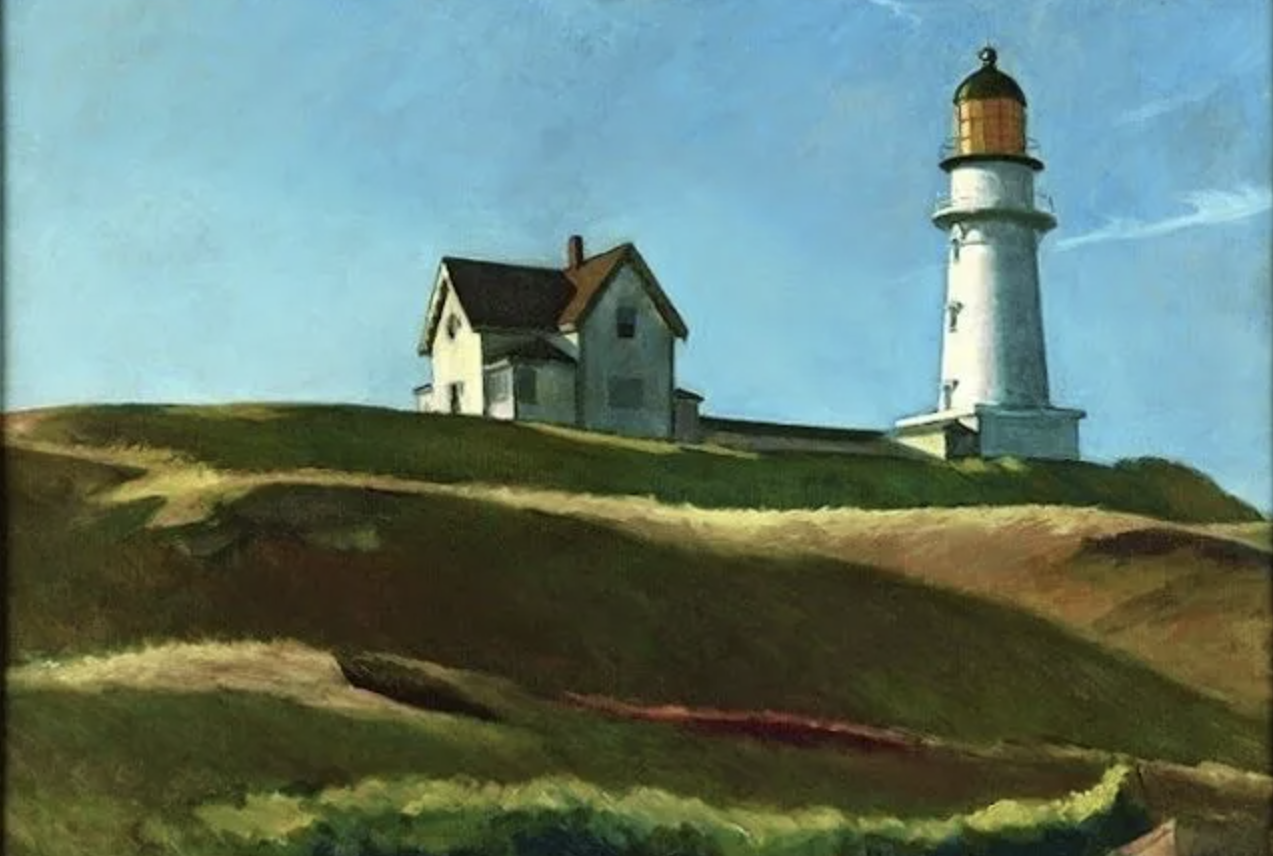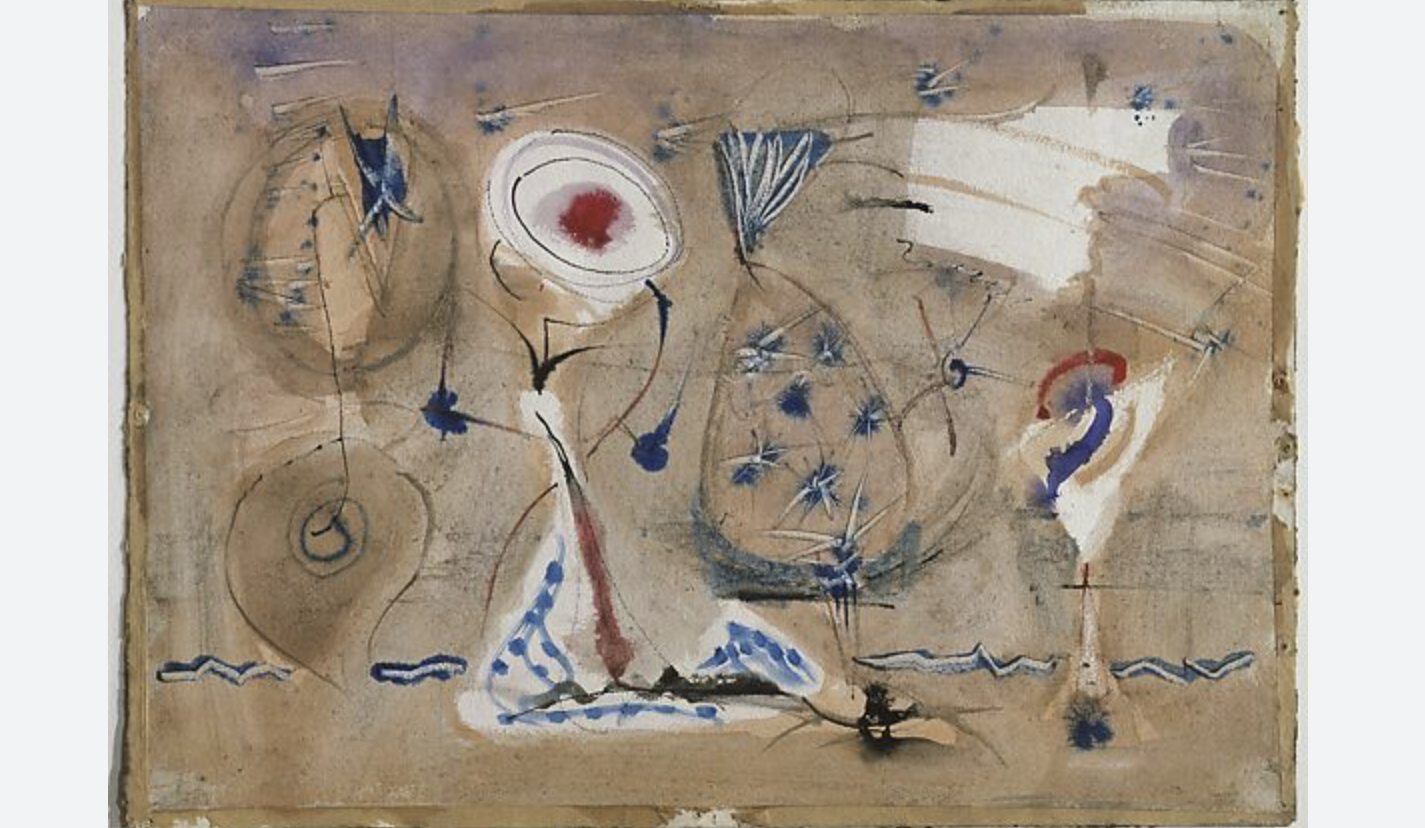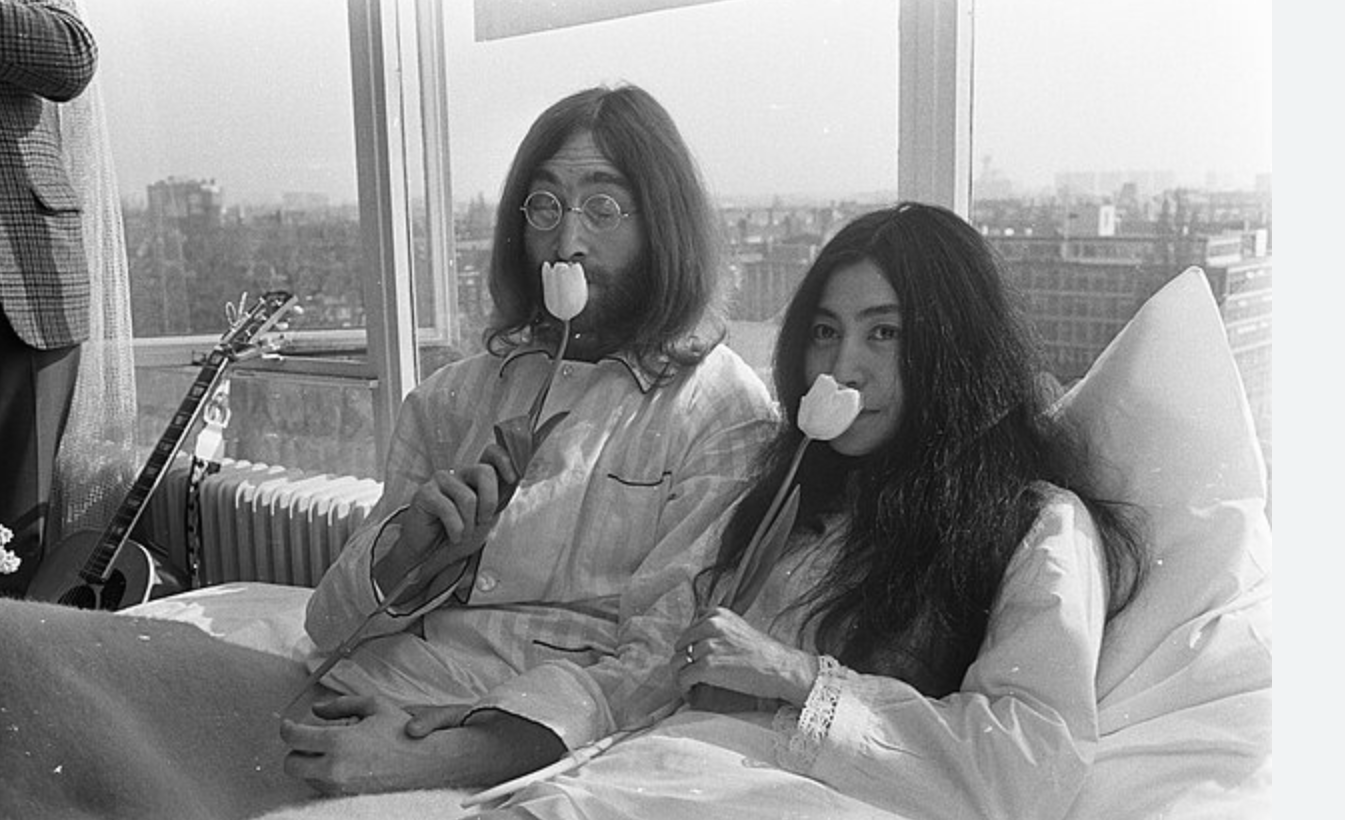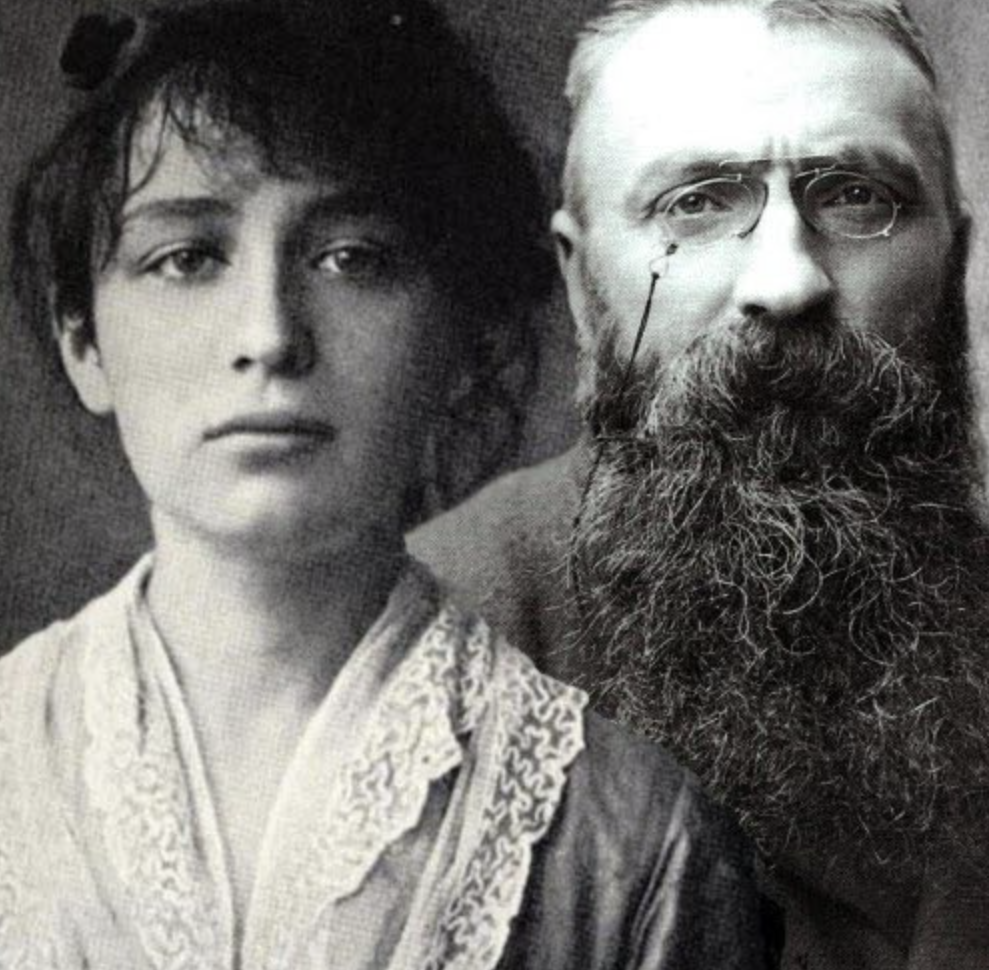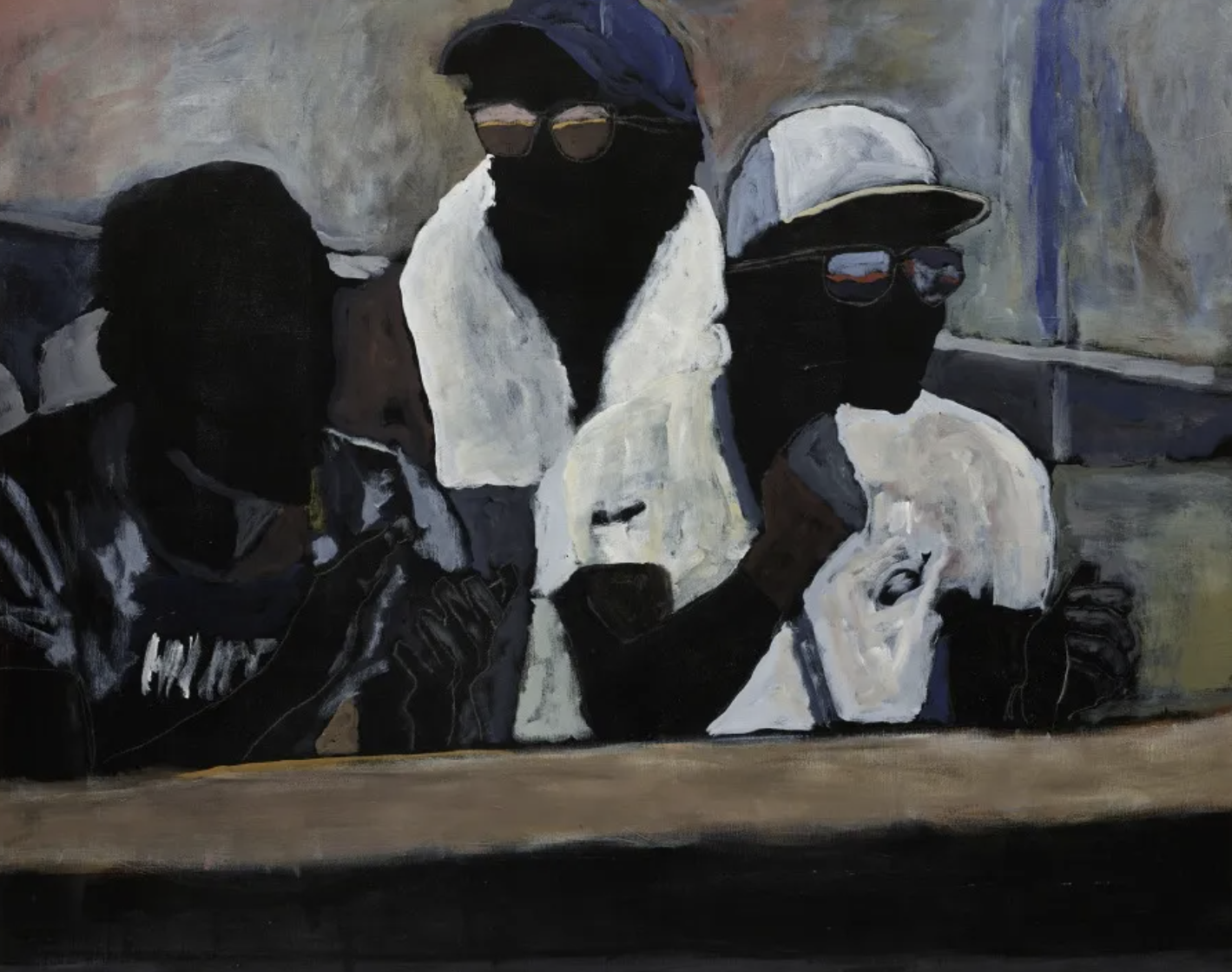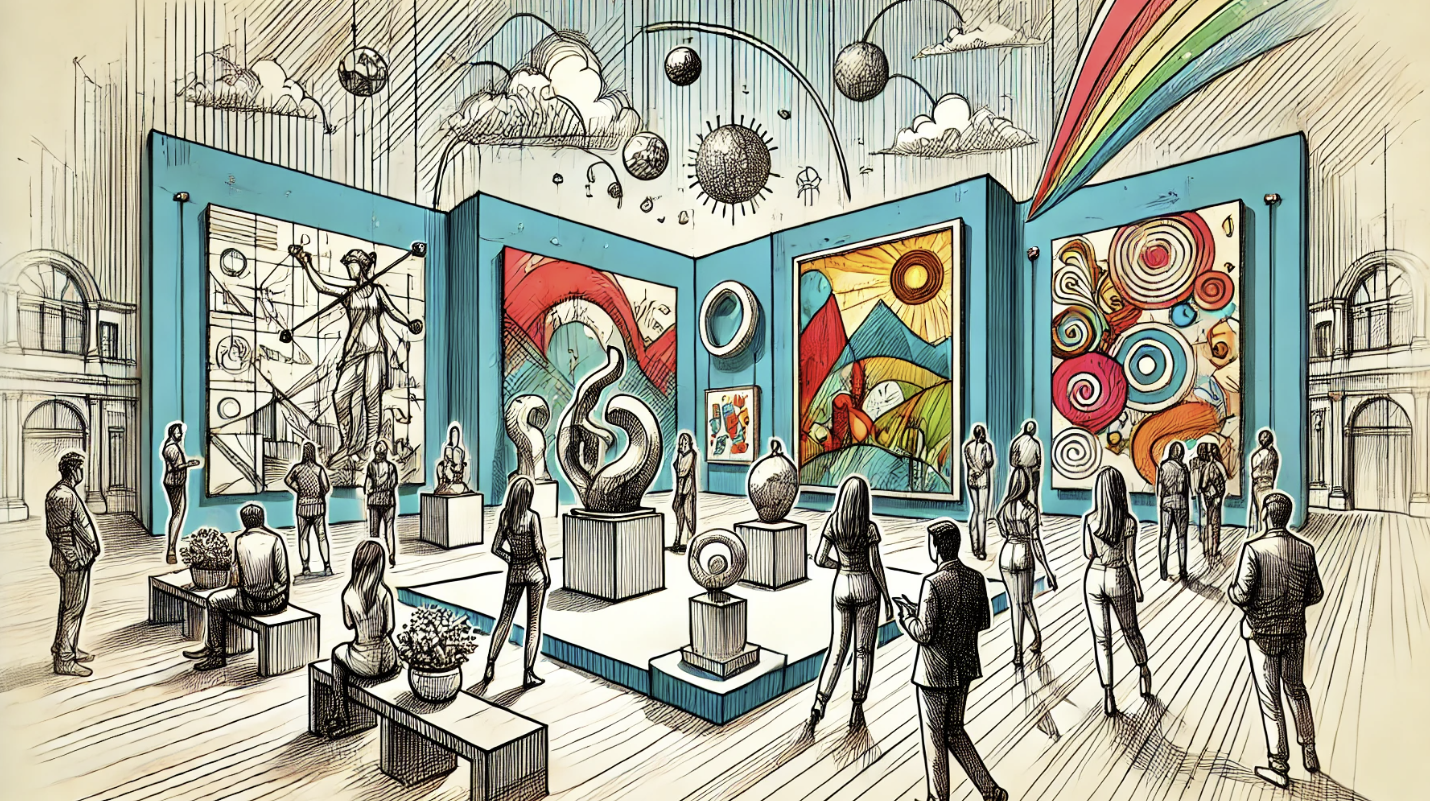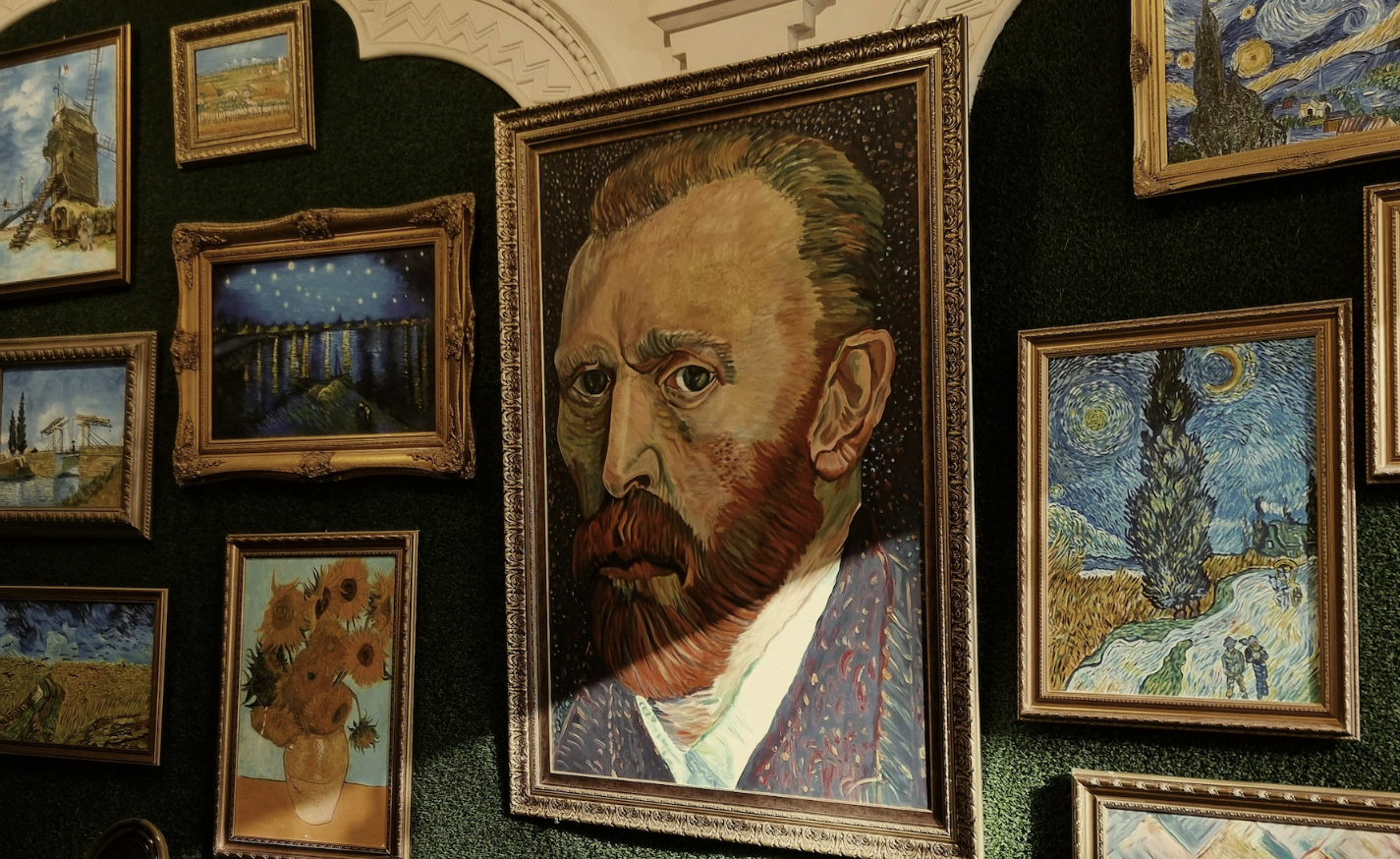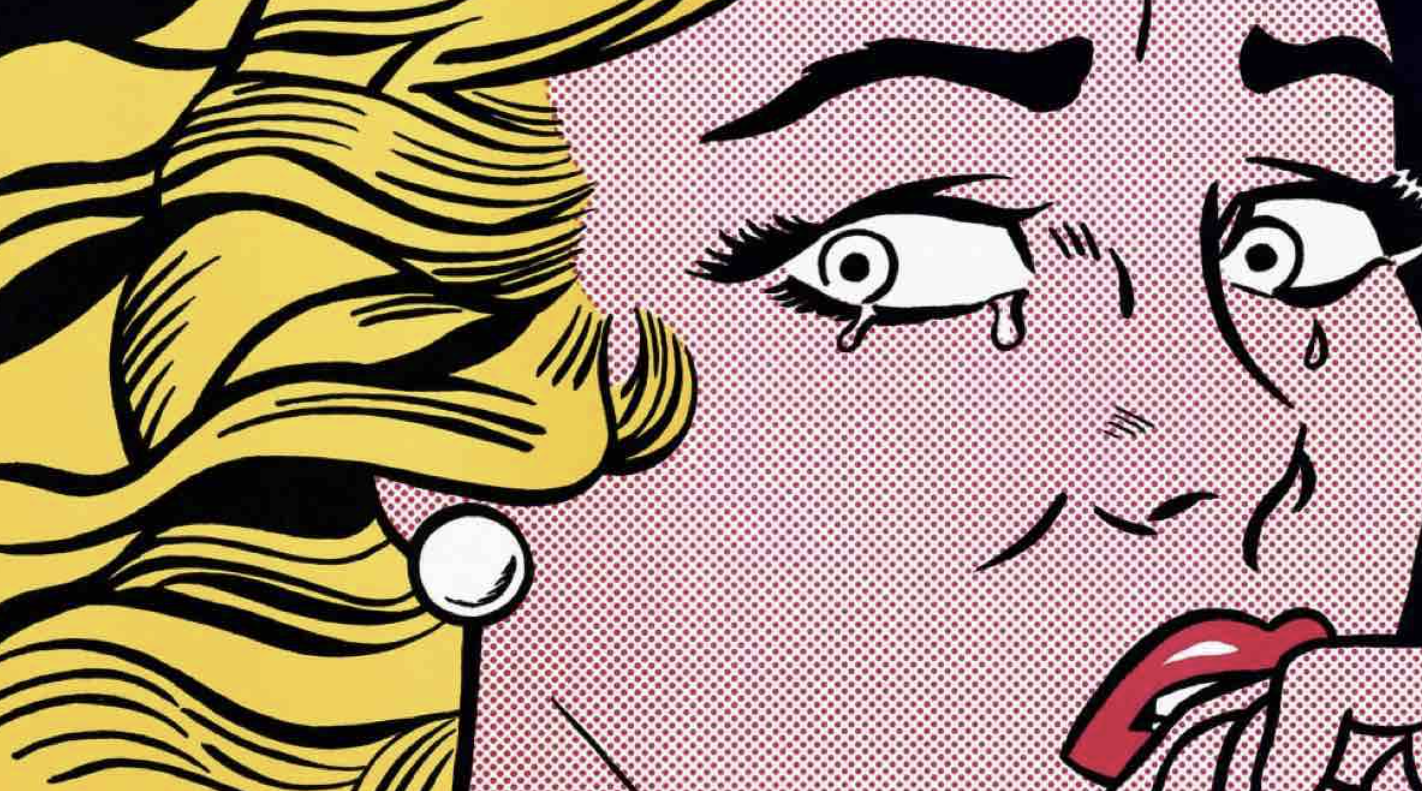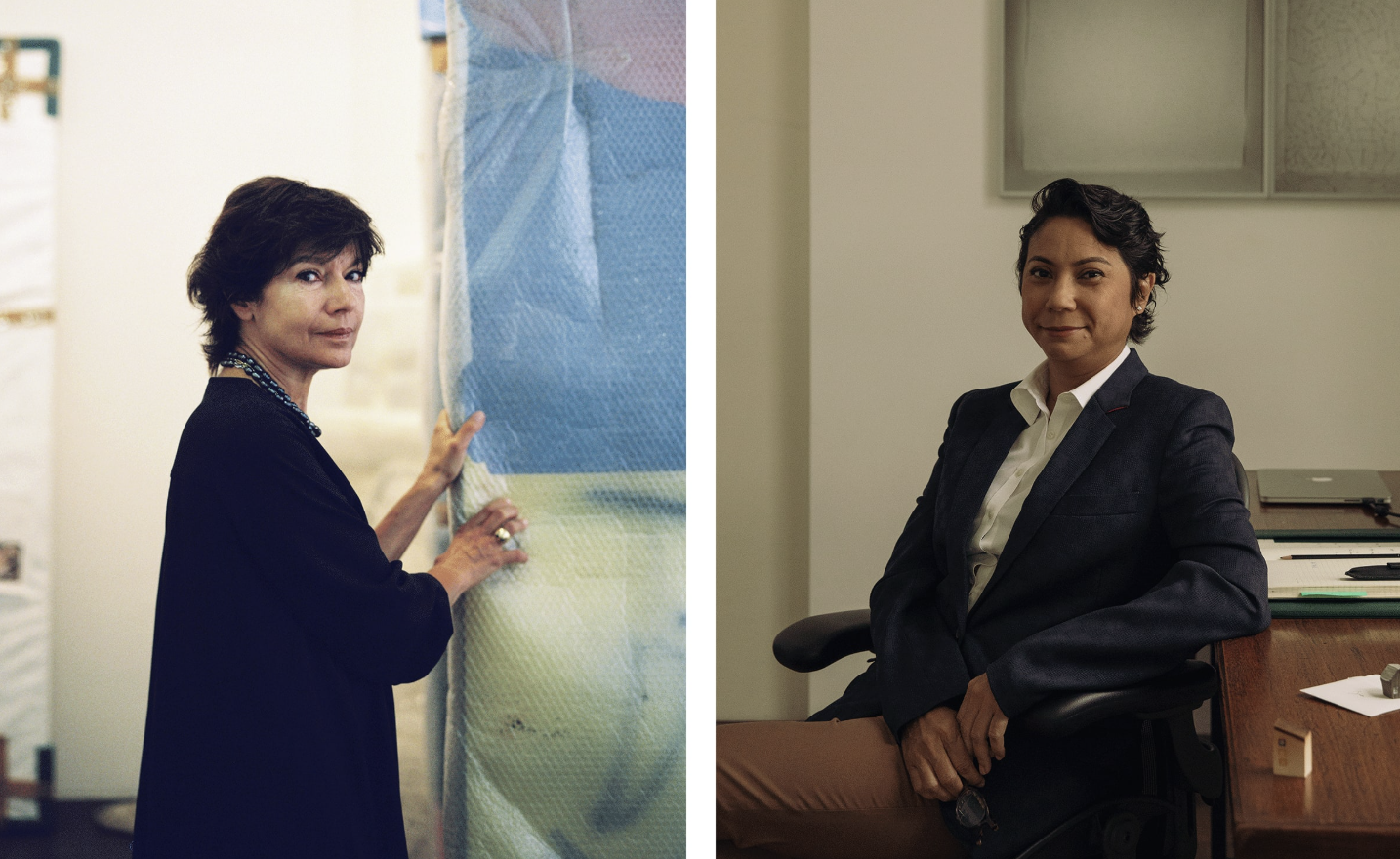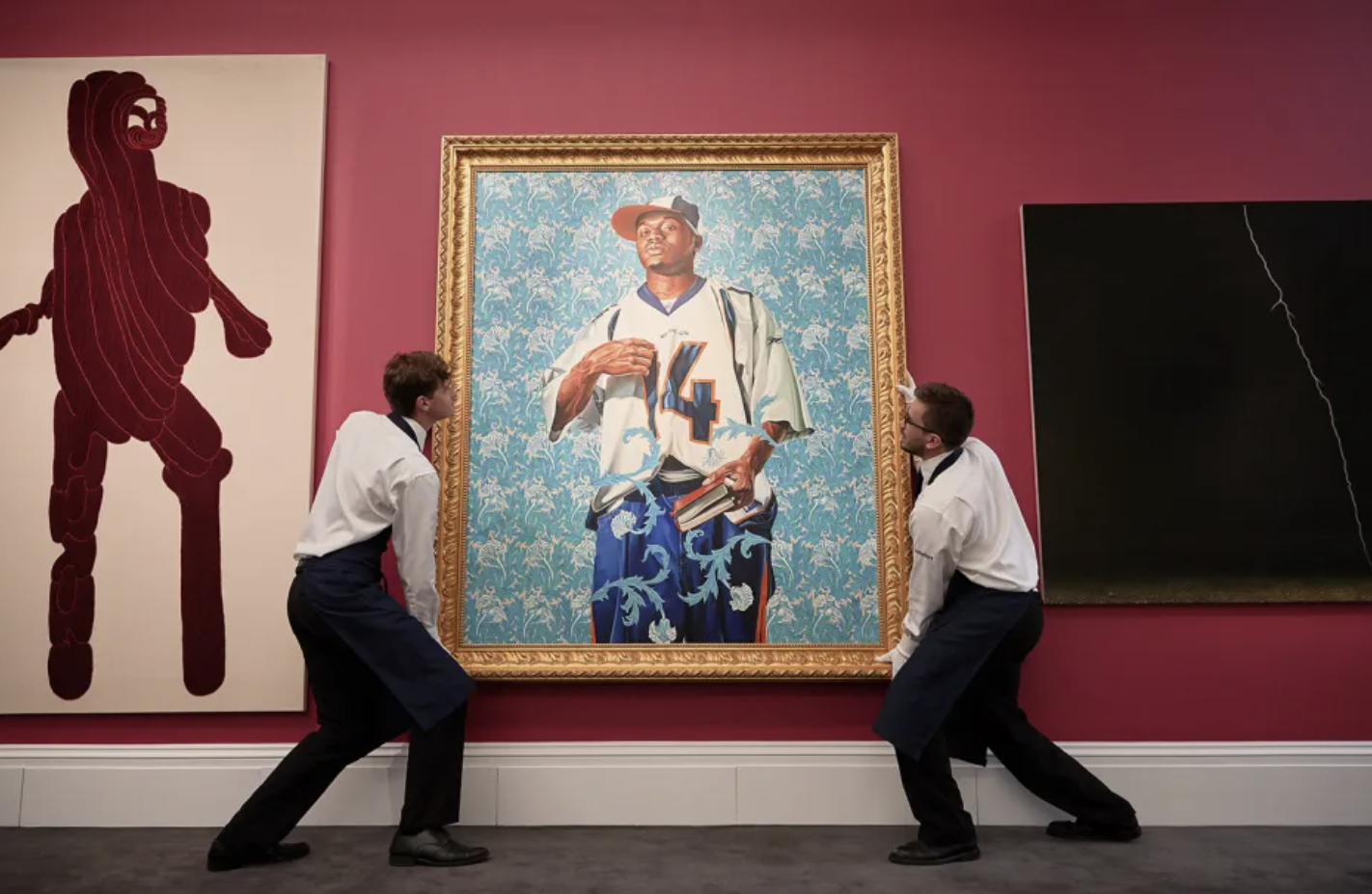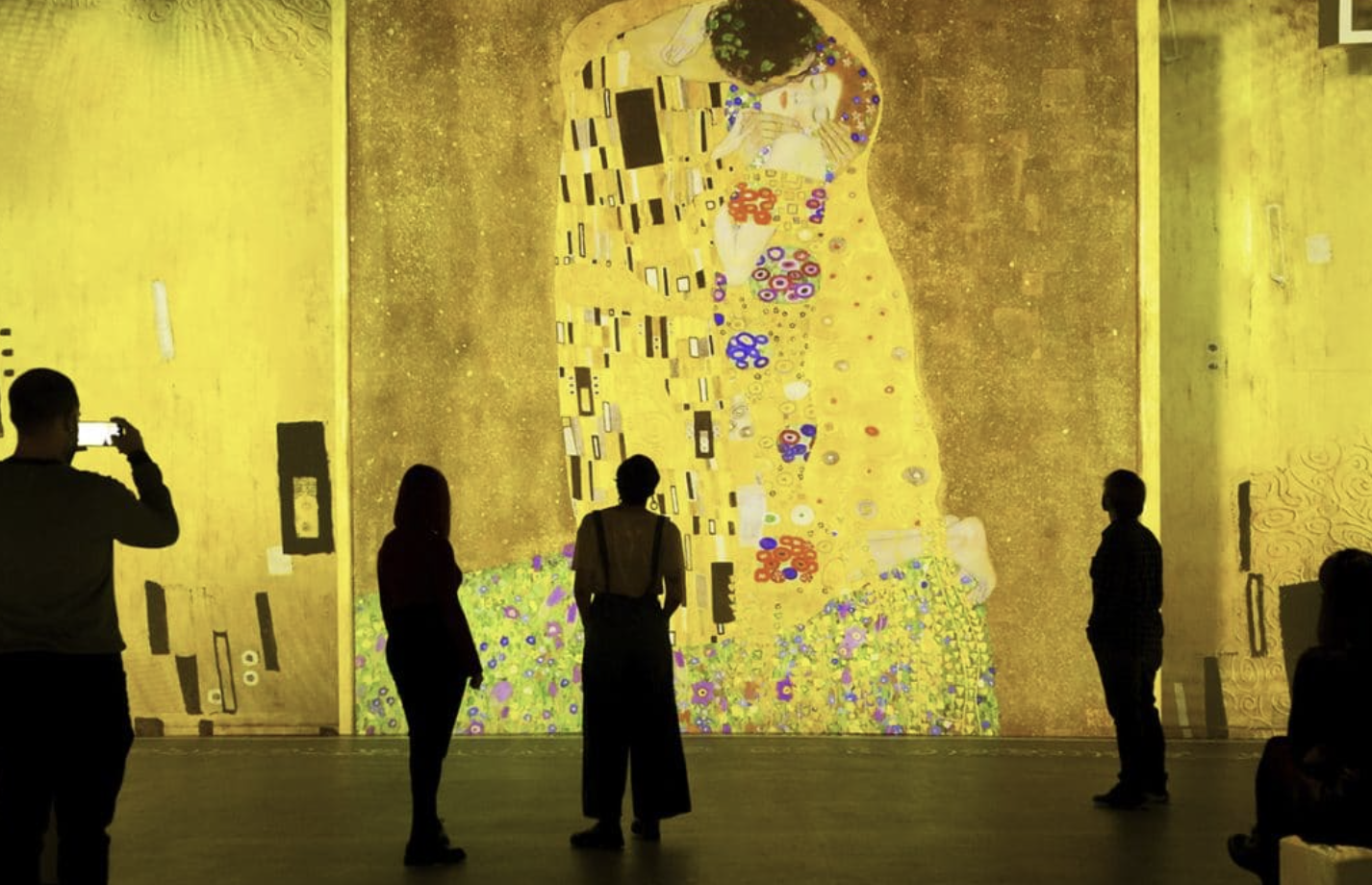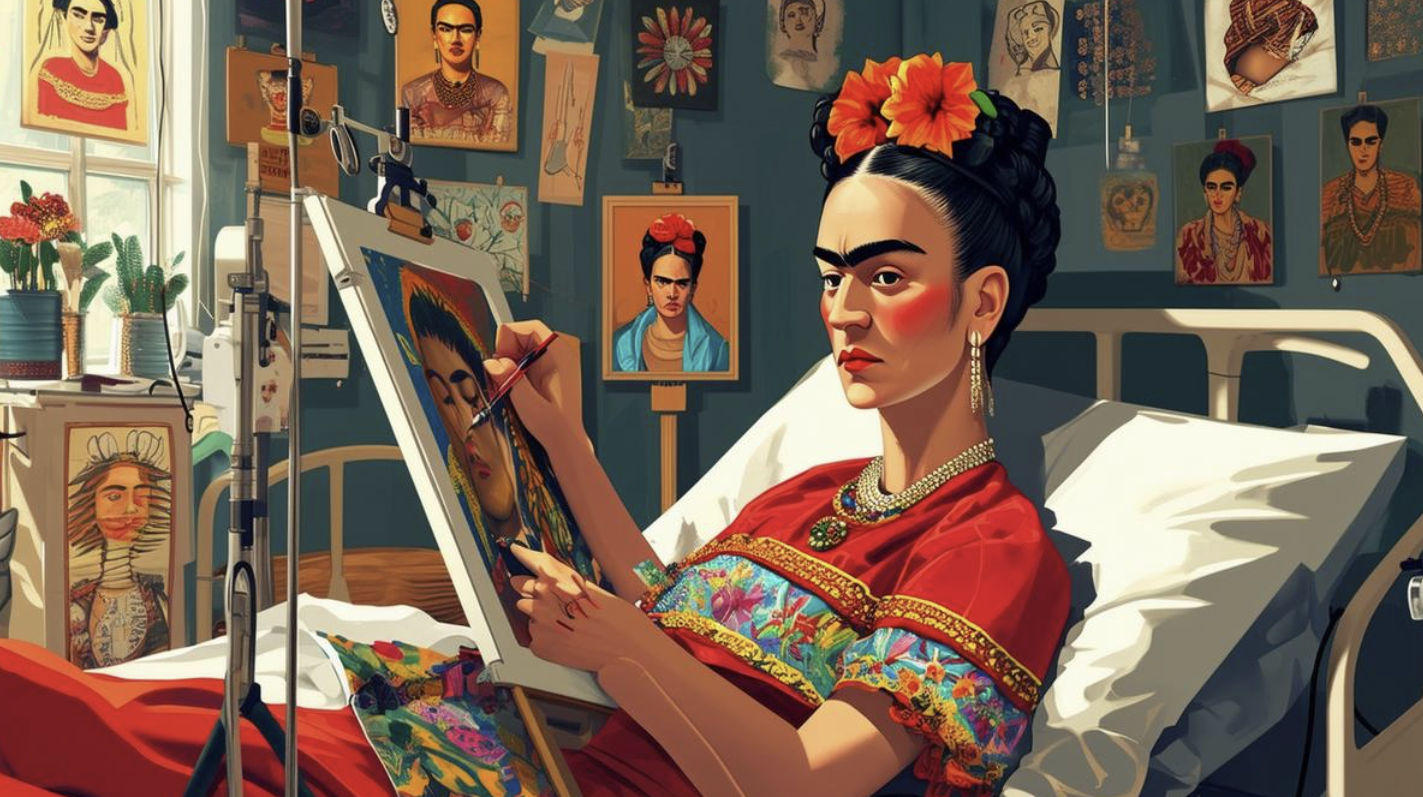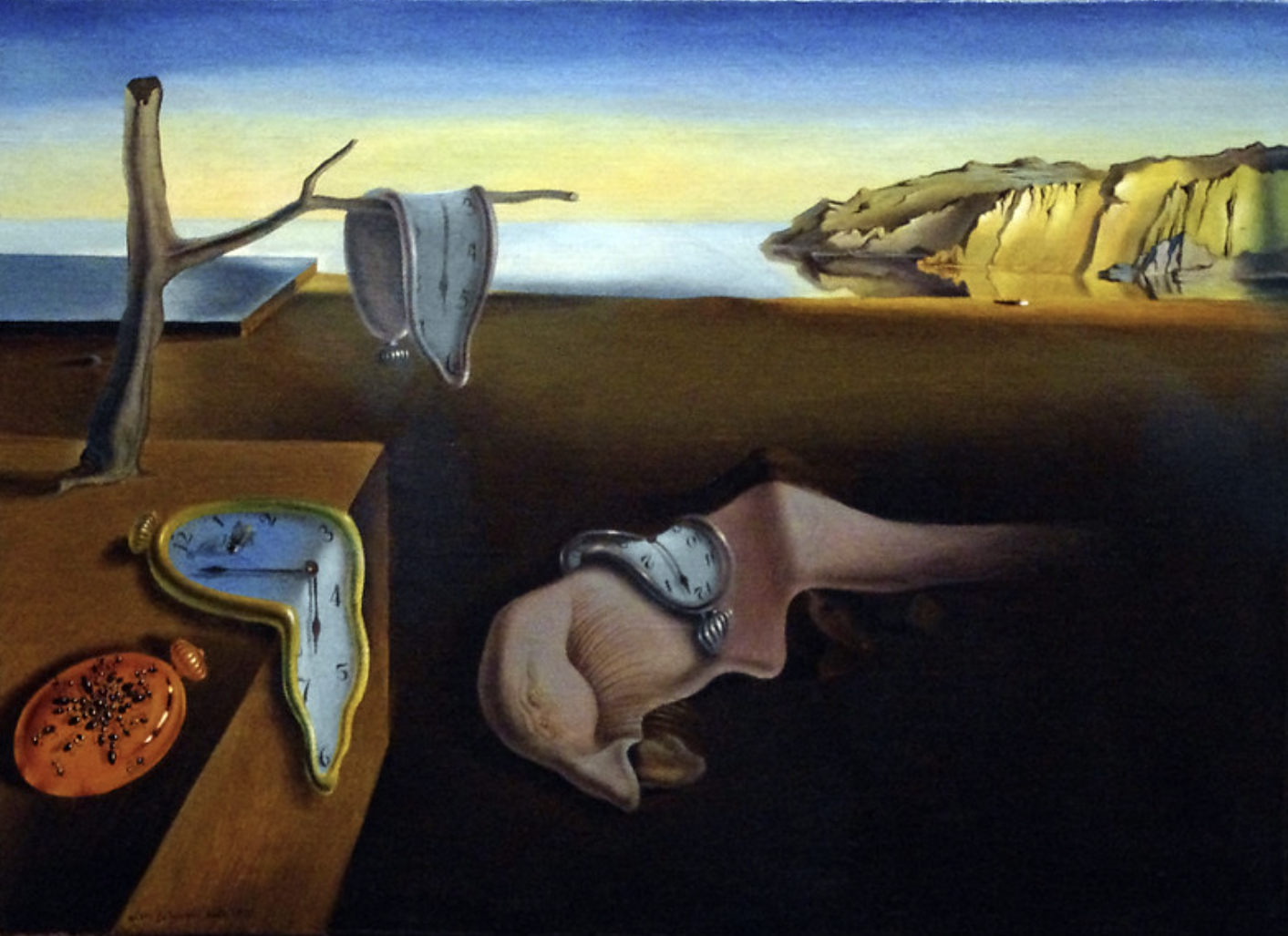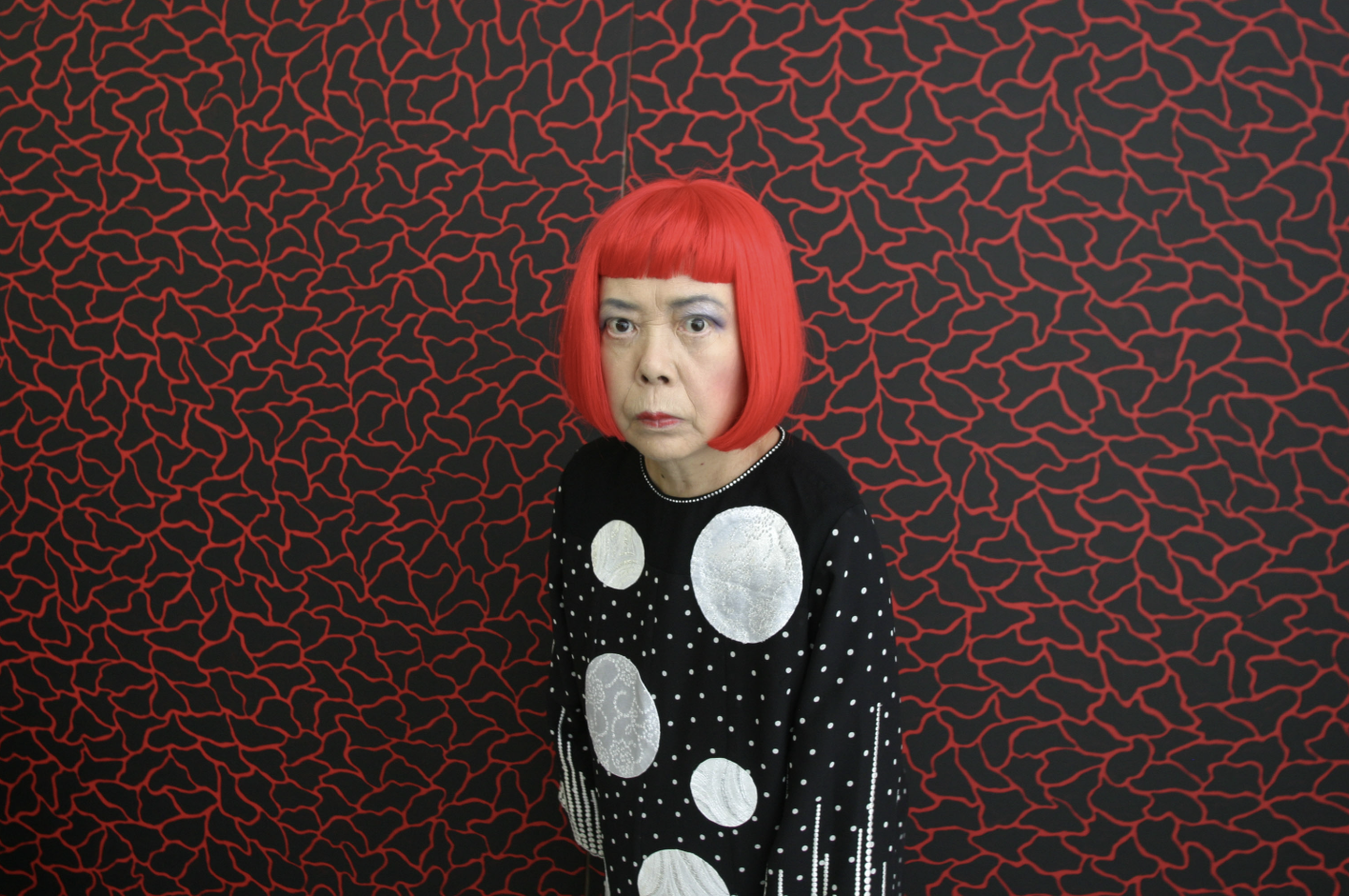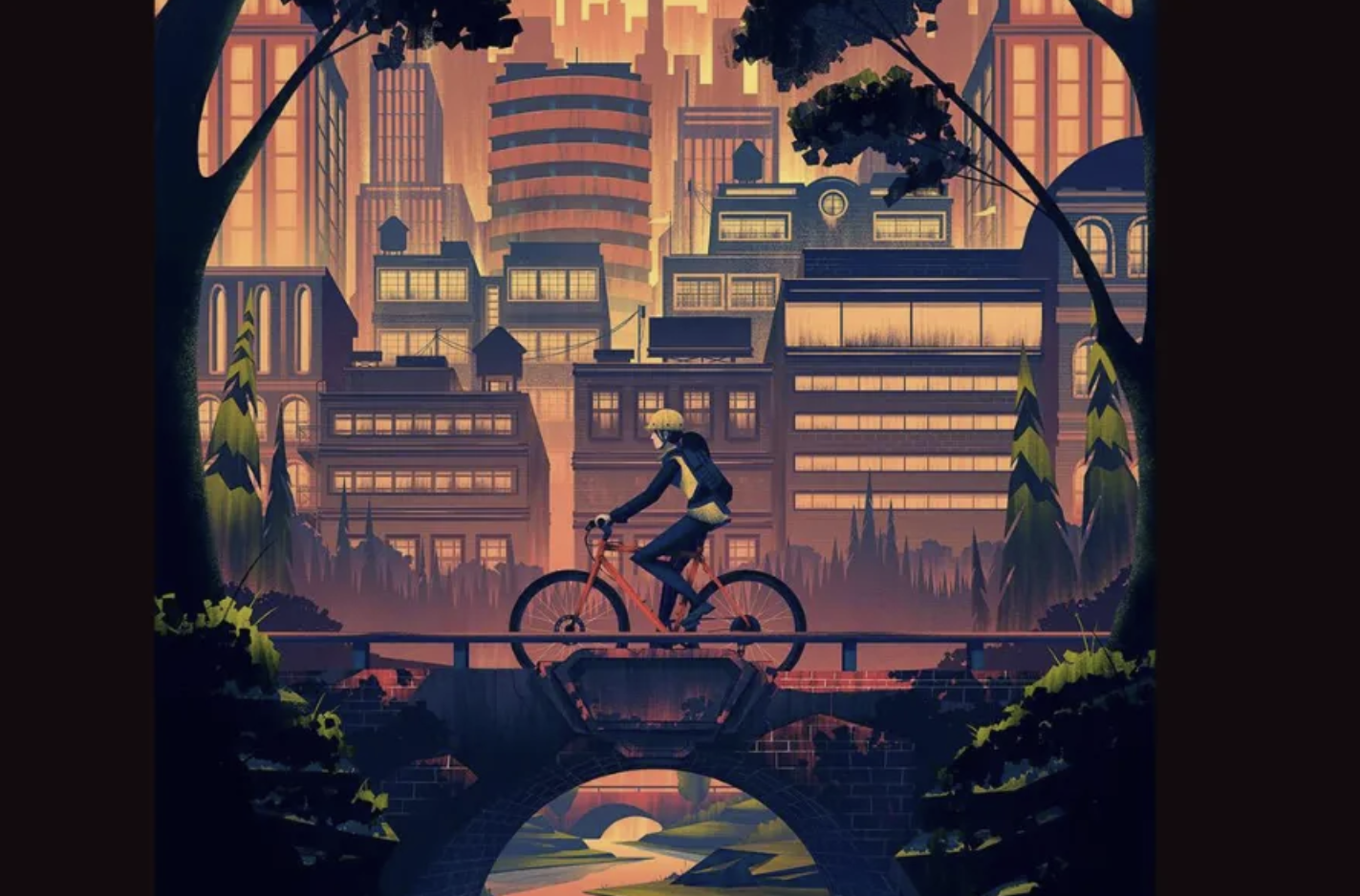
The digital art world is a rapidly evolving realm that blends traditional artistic methods with modern technology. From computer-generated graphics to virtual reality and NFTs, the possibilities for expression in this field are vast and continuously expanding. Below, we highlight some of the most influential digital artists who are shaping this dynamic medium.
Ai Weiwei: Championing Connectivity Through Digital Art
Chinese artist Ai Weiwei is known for using his art to challenge political and social issues. Over the years, he has embraced digital technologies to promote his work and activism. His art extends beyond physical installations, utilizing social media to communicate his stance against injustice and authoritarianism. Ai’s innovative use of digital platforms has taken his activism to a global stage, allowing his message to reach a wider audience. In recent years, he has incorporated emerging technologies into his art, creating immersive installations that reflect his commitment to pushing boundaries.
Damien Hirst: Blurring the Lines with Crypto Art
British artist Damien Hirst, known for his provocative and sometimes controversial works, ventured into the world of digital art with his Currency Project in 2021. The project saw Hirst creating 10,000 NFT digital versions of his well-known Spot Paintings, only to burn the original physical paintings, leaving the digital versions behind. Hirst’s experiment challenged the conventional notions of artistic value, using digital art and NFTs to explore the concept of authenticity and ownership in the art world.
Jeff Koons: Bringing Augmented Reality to the Forefront
American sculptor Jeff Koons has always embraced new technology, and digital art is no exception. Koons often collaborates with engineers and 3D modelers to bring his ideas to life, and since 2017, he has been incorporating augmented reality into his public art projects. Additionally, Koons has ventured into the NFT space, creating exclusive digital versions of his sculptures designed specifically for virtual environments. His use of augmented reality pushes the boundaries of how art can be experienced, offering new interactive possibilities.
Marina Abramović: Pioneering Virtual Reality Performances
Marina Abramović is a multi-disciplinary artist best known for her performance art. In 2019, she explored the potential of virtual reality (VR) to create an immersive experience that brought her performances into the digital realm. By using VR headsets, viewers could virtually enter a space where they interacted with the artist, who was performing in a remote location. This innovative use of technology allowed Abramović to reach a global audience and to explore the intersection of presence, performance, and technology.
David Hockney: Merging Tradition and Technology in Digital Impressionism
Famed British artist David Hockney is renowned for his colorful landscapes, and he has embraced digital tools to create his recent works. Hockney’s Normandy series, which was exhibited at the Musée de l’Orangerie in Paris, was entirely created on an iPad, combining his iconic impressionistic style with cutting-edge digital technology. This fusion of traditional techniques with digital tools has paved the way for a new form of expression, and Hockney’s work exemplifies the possibilities for artists in the digital age.
Crypto Art and NFTs: The New Frontier of Digital Expression
Beeple: Leading the NFT Revolution
One of the most famous names in the NFT art world is Beeple (Mike Winkelmann), whose work Everydays: The First 5000 Days sold for a groundbreaking $69 million in 2021. Beeple’s rise to fame highlights the growing significance of digital art in the art market, particularly through NFTs, which allow artists to sell digital works with verifiable ownership. Beeple’s success has set the stage for a new era of digital art and investment.
Trevor Jones: Bridging Traditional Art with NFTs
Scottish artist Trevor Jones has made a name for himself by creating physical paintings that are later transformed into digital pieces and sold as NFTs. His work The Bitcoin Angel sold for $3.2 million at auction, underscoring his success in the digital art space. Jones blends his traditional painting techniques with modern digital innovations, creating unique pieces that resonate with both art collectors and tech enthusiasts.
XCOPY: A Rising Star in the NFT World
London-based digital artist XCOPY has built a strong following with his distinct, often dark, style of animation. His work, which is mostly sold as NFTs, has found a loyal audience, and his pieces typically sell for around $5,000 each. One of his highest-selling pieces, Death Dip, sold for $1.8 million, propelling him to greater prominence in the digital art community.
Fewocious: A Young Talent Making Waves
At just over 20 years old, Fewocious has already made a significant impact in the NFT art world. The young American artist has sold over 3,000 NFTs, with his works fetching an estimated $22 million. Fewocious’ digital artworks, including The Everlasting Beautiful, which sold for $550,000, have garnered widespread attention for their vibrant style and emotional depth.
José Delbo: Comic Art Meets NFTs
Argentine artist José Delbo is a leader in the realm of digital comics, creating NFT artworks that merge his comic book background with the digital art world. With his work valued at over $8 million, Delbo’s NFT comics have gained recognition in the crypto art market, showcasing his ability to bring traditional comic art into the digital age.
As the digital art landscape continues to evolve, these artists are at the forefront of the movement, exploring new ways to express creativity and engage with the world through technology. From NFTs and crypto art to virtual reality and augmented reality, digital artists are continually pushing the boundaries of what art can be.


